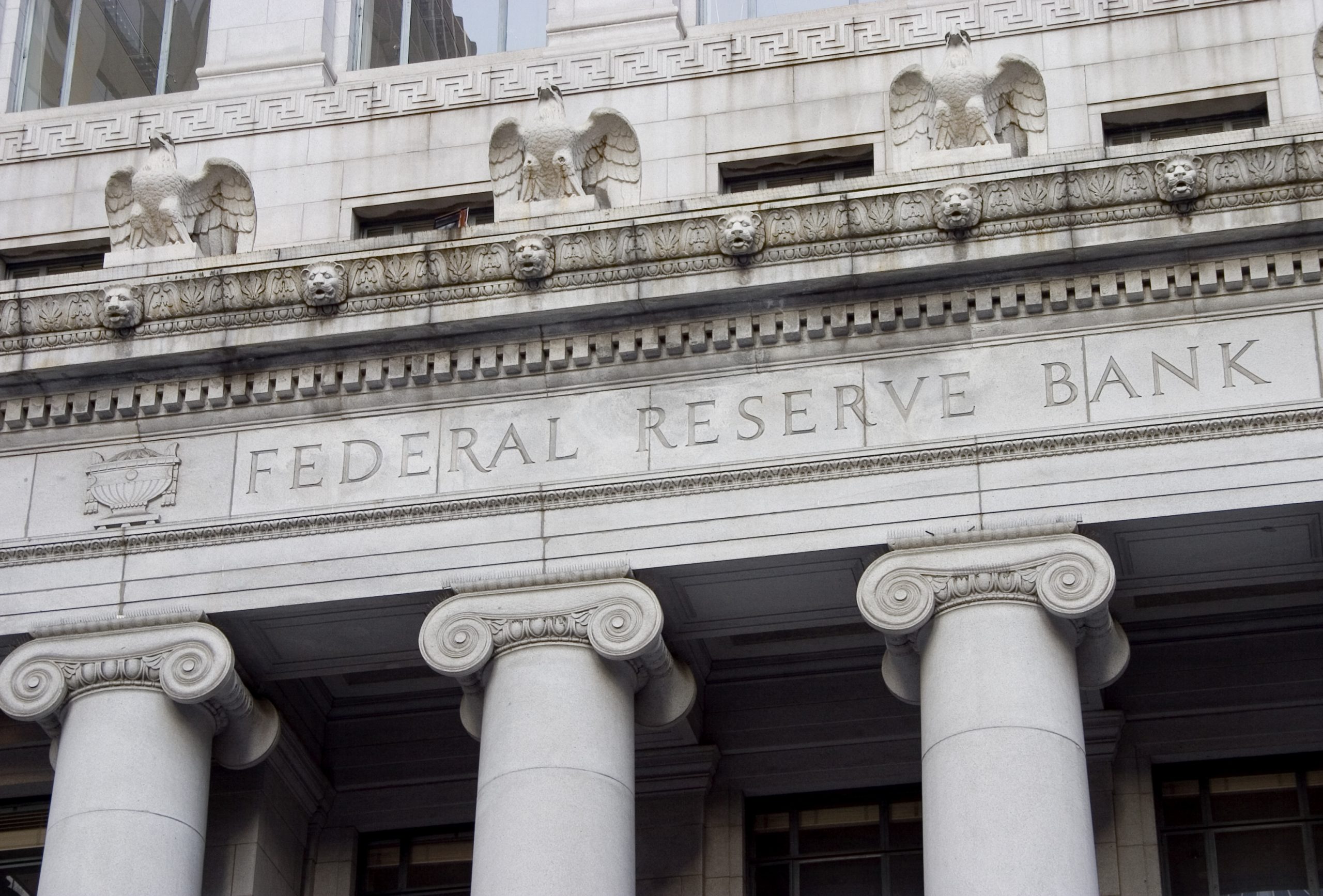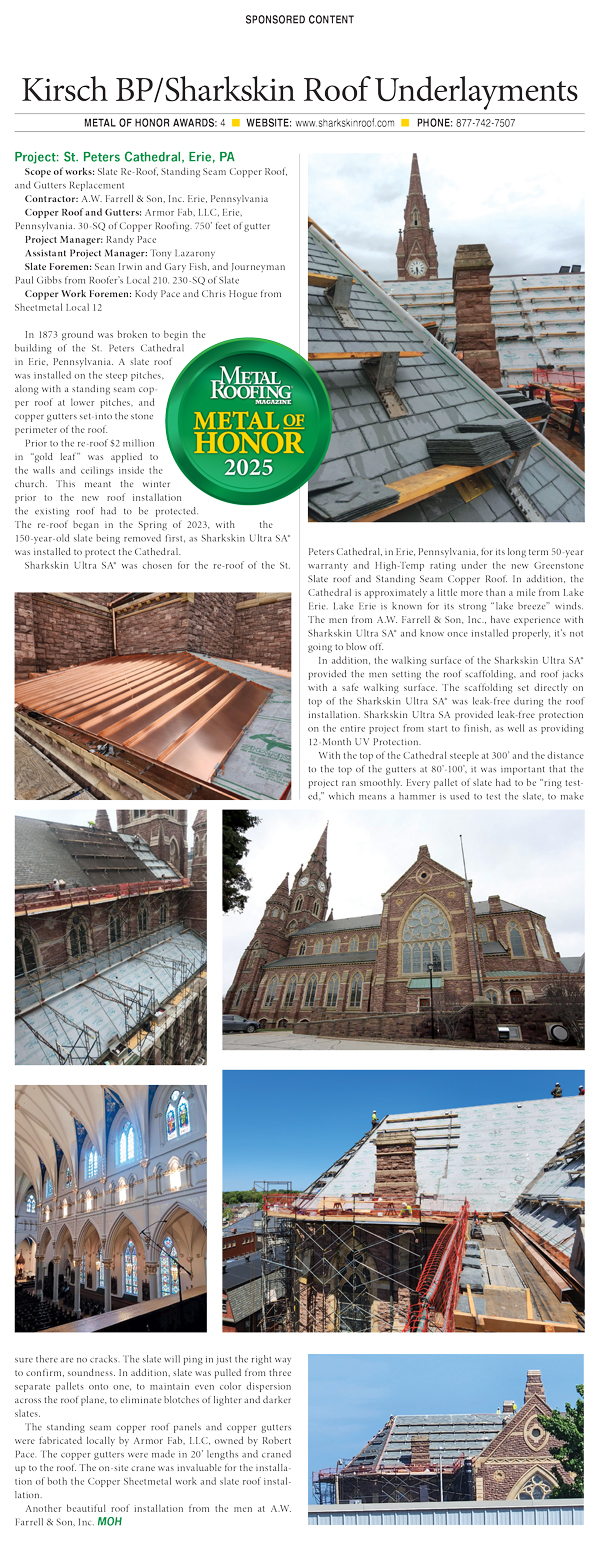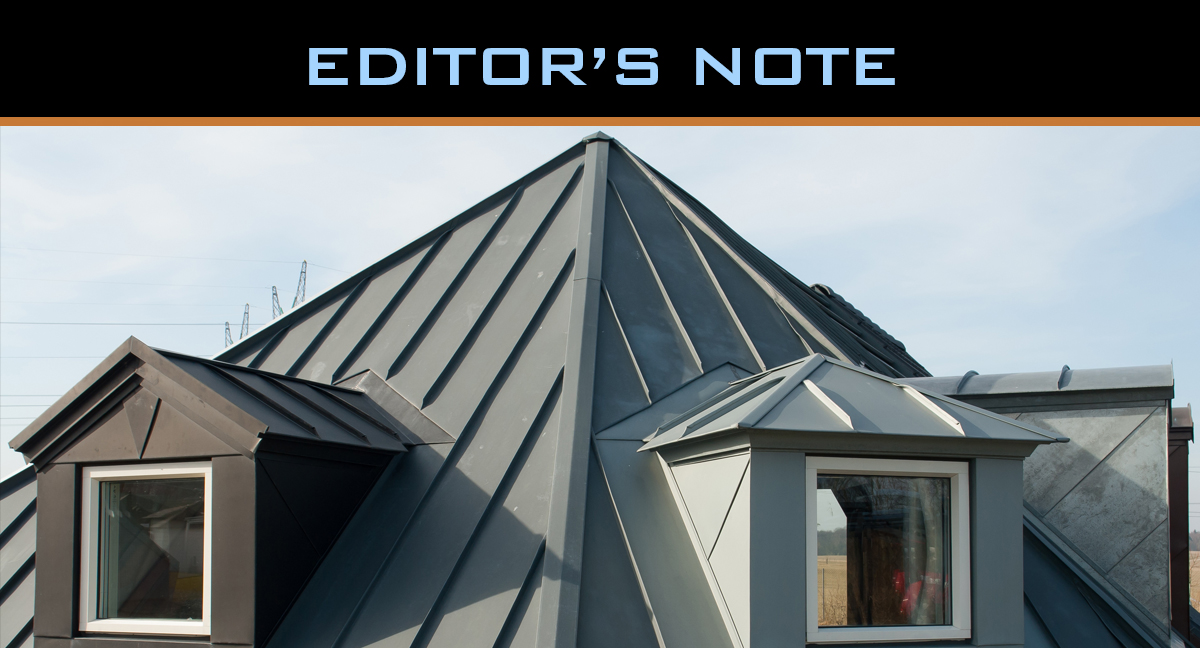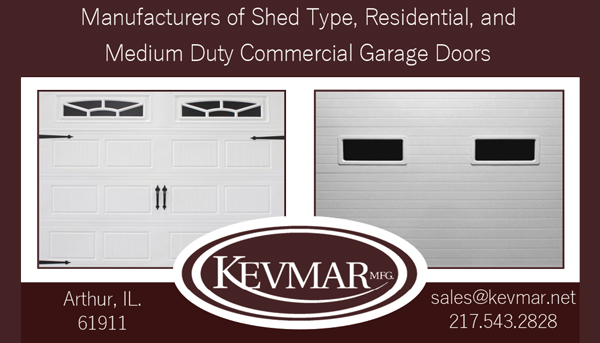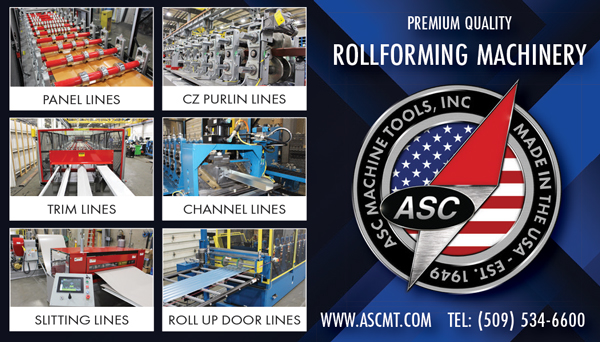The economic impact of the COVID-19 pandemic and recovery is expected to last for months, potentially even years. As congress and other government agencies attempt to save different areas of the economy, it is important for every metal roofing contractor to understand what resources are available to help them recover.
The Coronavirus Aid, Relief, and Economic Security (CARES) Act, first and foremost, lifted the Tax Cuts and Jobs Act (TCJA) restriction that limited the deduction of business interest to 30% of adjusted taxable income to 50%—at least for 2019 and 2020. While there continues to be no limitation on deducting business interest for smaller businesses, the CARES Act specifically earmarked funds for businesses and other eligible applicants, with a major portion coming from the Payroll Protection Program (PPP).
PPP Loans and Forgiveness
Overseen by the U.S. Small Business Administration (SBA), the PPP offered low-interest, government-backed loans from private lenders that could be used to help small businesses and professional practices retain workers and continue to pay their bills during the pandemic.
Best of all, compliance with the PPP meant that those low-interest loans could become “grants,” and not have to be repaid. Unfortunately, although the SBA reportedly had funds available from a supplemental funding of that program in the summer, applications for the program list an expiration date of October 31, 2020, suggesting a deadline.
Beyond the PPP
But the government’s Coronavirus-related funding didn’t end there. Economic Injury Disaster Loans (EIDL) are a long-standing program offering low-interest loans directly by the SBA (rather than by a bank) of up to $2 million to small businesses and professional practices that have suffered major issues related to a disaster. These loans can be paid over a period of up to 30 years and carry an interest rate of 3.75%, with no payment due the first year.
In response to the pandemic, Congress added a provision to the EIDL program offering an immediate advance of up to $10,000. Effectively a grant, this amount does not have to be repaid and is available within days of a successful application.
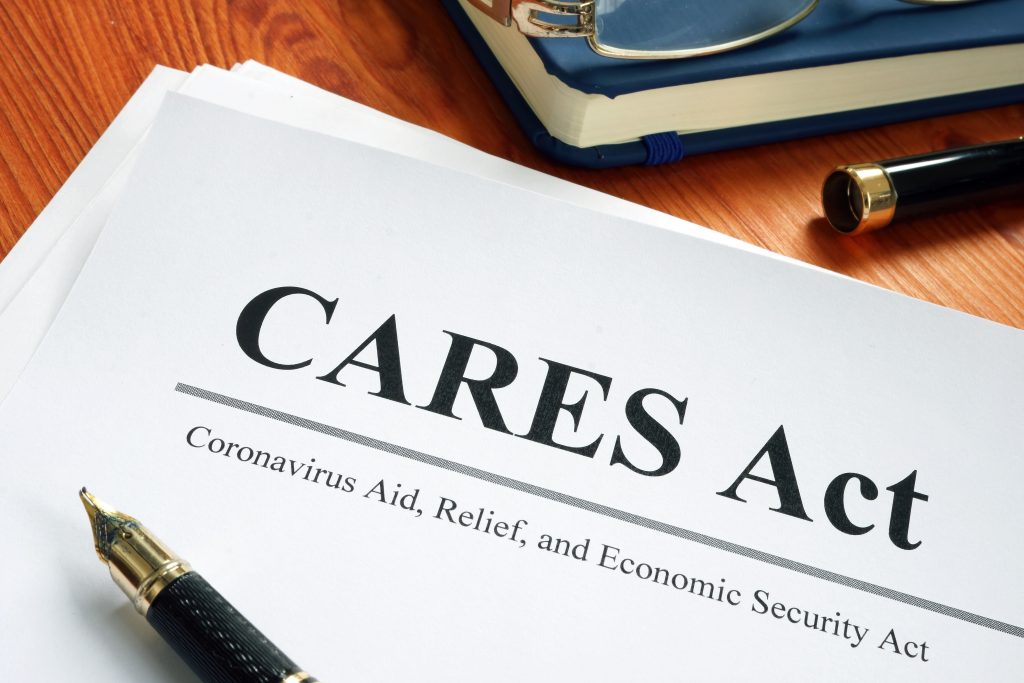
More Than a Pretty Face
In addition to their low cost, SBA loans have long provided a way out of damaging financial situations. The SBA’s lower interest rates and longer payback periods mean more money is available to the borrower for other business needs. While the actual terms depend on how the funds are to be used, several different SBA loan programs, each with their own advantages, restrictions, and limits are offered:
The most popular program is the SBA’s flagship 7(a) loans that provide working capital for a wide variety of uses. 7(a) loan guarantees topping out at $5 million are commonly used for acquiring land, purchasing equipment, or working capital. They require low down payments and offer flexible terms and affordable, variable interest rates.
SBA Express Loan applications are responded to within 36 hours and can help extend a business’s credit line by providing up to $350,000 for up to a seven-year period, while guaranteeing only 50%.
504 loans are longer-term fixed-rate loans that provide capital for the acquisition of fixed assets and are usually used for owner-occupied real estate and equipment purchases. However, while SBA 504 loans are most commonly used for real estate, they can also be used to renovate existing facilities, purchase equipment with a service life of 10 years, and refinance commercial real estate debt.
The SBA’s Microloan program provides loans to not-for-profit lending intermediaries that, in turn, make loans of up to $50,000 to help small businesses and certain not-for-profit childcare centers start up and expand.
Small Business
Development Centers
Small Business Development Centers (SBDCs), almost 1,000 strong, “help existing businesses remain competitive in a complex, ever-changing global marketplace.” SBDCs are hosted by universities and state economic development agencies and funded, in part, through a partnership with the SBA. Less than half of an SBDC’s funding comes from the SBA, with the remaining portion coming from Congress, state funding, donations, grants, and corporate sponsorships.
The Federal Reserve
The Federal Reserve’s Main Street Lending Program is providing up to $600 billion in loans to small and midsize businesses. Designed to help businesses and professional practices in need of funding to help until they have recovered from, or adapted to, the impact of the pandemic, the program offers 5-year loan amounts ranging from $250,000 to $300 million.
State and Local Funding
A number of states, cities, and municipalities are offering business loans and grants, many of which the average metal roofing contractor or business can usually qualify for. Most state and local programs, both those aimed at attracting or retaining workers and recovery from the pandemic, offer tax breaks and/or small grants that do not have to be repaid.
Keep in mind, though, that because demand continues to be so overwhelming, some funds targeted for business-related pandemic relief and recovery have run out of money much faster than originally anticipated.
Banking as Lenders
Bank loans continue to dominate financing for small and midsize businesses in need of capital. Banks offer an array of programs to help customers affected by the pandemic. But should that funding be in the form of a business loan or a line of credit?
Interest with a business loan is generally higher than the interest rate for a business line of credit. Of course, if a payment is missed with a business line of credit, the interest rate can increase significantly.
In addition to the annual “standby” fees or interest, some business lines of credit have annual fees, especially if they’re under a certain dollar amount.
Every financial institution offers both loans and lines of credit. But don’t overlook banks funding from other financial institutions such as:
Bank of America is providing up to $200 million in capital to community development funds, including $10 million in philanthropic grants to help fund Community Development Financial Institutions (CDFIs).
Citibank has also committed $10 million to help CDFIs provide funding to those who may not fully qualify for federal government stimulus funding.
Goldman Sachs committed $300 million to aid small businesses and communities suffering through the COVID-19 crisis. The package included $250 million in emergency small business loans and $25 million in grants to CDFI financial institutions.
JPMorgan Chase pledged $50 million to help businesses, nonprofits, and other organizations during the crisis. Of the $50 million, $8 million was specifically reserved for “small businesses vulnerable to significant economic hardships.”
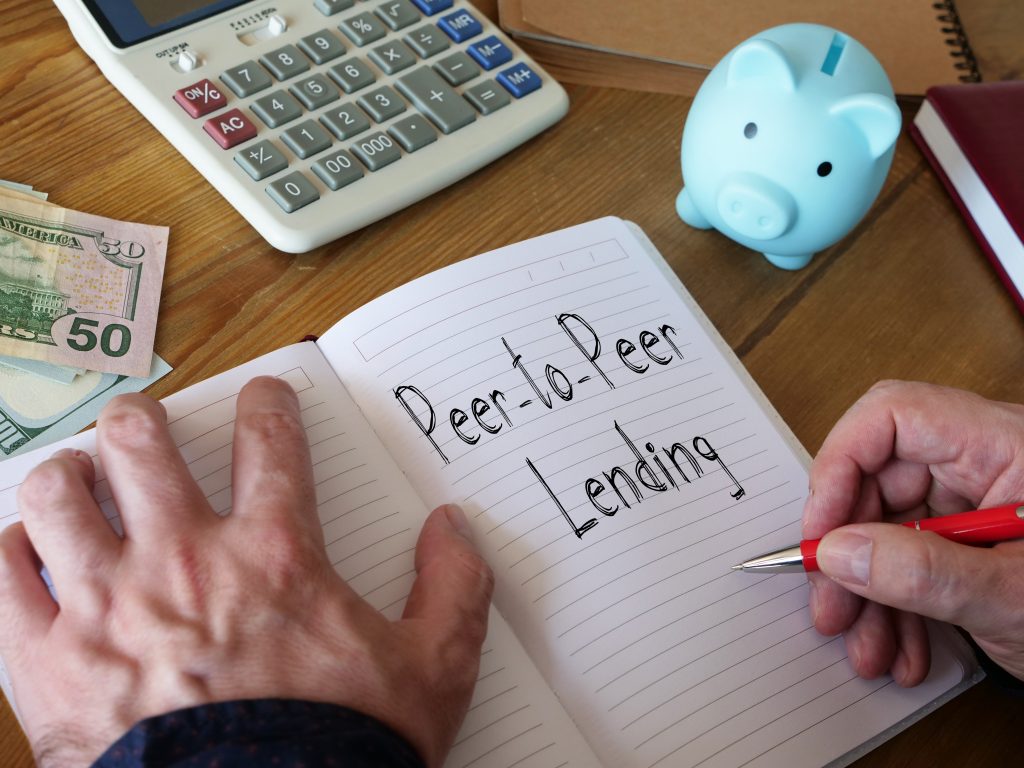
Alternative Funding
Financial institutions are increasing the digitized services they offer while the financial marketplace competes with offerings such as peer-to-peer lending, alternative online financing, and crowdfunding. Business lending is becoming a big business, with hundreds of millions of dollars raised from unique “platforms” such as Crowdfunding, Peer-to-Peer Lending, and Marketplace Lending.
So called “digital transactions” involve constantly evolving methods where Financial Technology (FinTech) companies collaborate with various sectors of the economy to take advantage of new lending and capital-raising opportunities.
Crowdfunding is becoming a popular alternative source of financing for many small contractors and businesses. The Securities and Exchange Commission (SEC) now allows businesses and even first-time start-ups to raise up to $1 million online from non-accredited investors over 12 months.
Peer-to-Peer (P2P) lending can be best described as non-bank banking. It is the practice of matching borrowers and lenders through online platforms. P2P borrowers are able to gain access to funds quickly and often at lower interest rates than banks, making it an attractive alternative to more conventional bank loans. Unfortunately, even though it may be the most innovative source of funding, P2P lending is definitely not the most affordable.
Marketplace Lending refers to the segment of the financial services industry that uses investment capital and data-driven online platforms to lend directly to small businesses and consumers. Marketplace lenders employ new, largely automated underwriting processes and, although remaining largely undefined, encompass lenders that make loans to higher-risk, lower-income borrowers.
Other Resources
The Save Small Business Fund created by the U.S. Chamber of Commerce offers grants of $5,000 to provide short-term relief. Those qualifying must have between 3 and 20 employees, be located in an economically-vulnerable community, and faced financial hardship due to the COVID-19 pandemic.
Intuit Quickbooks, Yelp, and GoFundMe have teamed up to provide funds to the Small Business Relief Fund, a program providing grants, tools, and resources to help during the crisis. Participants must be independently owned and operated and must not be dominant in their field. Each recipient must also intend to use the fund to help care for employees or pay ongoing business expenses.
Every contracting business owner should be keeping a close eye on the coming legislation and be prepared to take advantage of every new program. Congress is reportedly considering yet another bailout bill, the SBA is constantly upgrading and refining its loans and loan guarantee programs, and banks and other financial institutions (both online and brick-and-mortar) continue to offer assistance to their customers while attracting new business. MR


